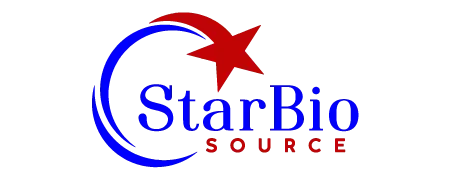Introduction:
In the ever-evolving landscape of publishing, the art and science of book printing have undergone remarkable transformations, largely owing to advancements in printing technology. Gone are the days of manual typesetting and labor-intensive processes; today’s book printing industry is a testament to the efficiency and precision achieved through a variety of sophisticated machines. In this article, we will take a journey through different machines used in book printing, exploring the innovative mechanisms that contribute to the creation of the books we hold in our hands. Furthermore , check some best self publishing companies.
- Offset Printing Press:
Offset printing, also known as lithography, has been a cornerstone in the book printing industry for decades. This method relies on the principle that oil and water don’t mix. The image is first transferred onto a rubber blanket before being transferred onto the printing surface. Offset printing presses are capable of high-volume production with consistent quality, making them ideal for large print runs of books.
- Digital Printing Press:
In contrast to offset printing, digital printing eliminates the need for printing plates. This method allows for shorter print runs, on-demand printing, and variable data printing. Digital presses are highly versatile, enabling publishers to produce small quantities economically and customize each copy individually. This flexibility has revolutionized the printing industry, particularly for self-publishing authors and small publishers.
- Binding Machines:
Once the pages are printed, binding machines play a crucial role in assembling the book. There are various binding methods, each serving different purposes. Perfect binding, where pages are glued together at the spine, is commonly used for paperback books. Saddle stitching involves stapling the pages along the spine, suitable for magazines and thinner booklets. Spiral and wire-o binding offer a more flexible option, allowing the book to lay flat and facilitating easy flipping of pages.
- Collating and Folding Machines:
Collating machines ensure that the pages are arranged in the correct order before binding. These machines streamline the process of organizing large quantities of printed sheets, minimizing errors in the assembly of the final book. Folding machines, on the other hand, precisely fold sheets into the desired format before binding, contributing to the efficiency of the overall production process.
- Book Trimmers:
Book trimmers play a crucial role in giving the final polished look to a book. Once the pages are bound, excess material is trimmed off to achieve uniform edges. This step is essential for both the aesthetic appeal and functionality of the finished product.
- UV Coating Machines:
UV coating machines are employed to apply a glossy or matte finish to the book cover, enhancing its durability and visual appeal. This coating not only protects the cover but also adds a professional touch, making the book stand out on the shelf.
Conclusion:
The journey from manuscript to printed book involves a symphony of machines, each playing a distinct role in bringing words to life. The amalgamation of offset and digital printing, binding, collating, folding, trimming, and coating machines reflects the convergence of craftsmanship and technology in the book printing industry. As these machines continue to evolve, the future promises even more efficient, sustainable, and creative possibilities for the world of publishing.



